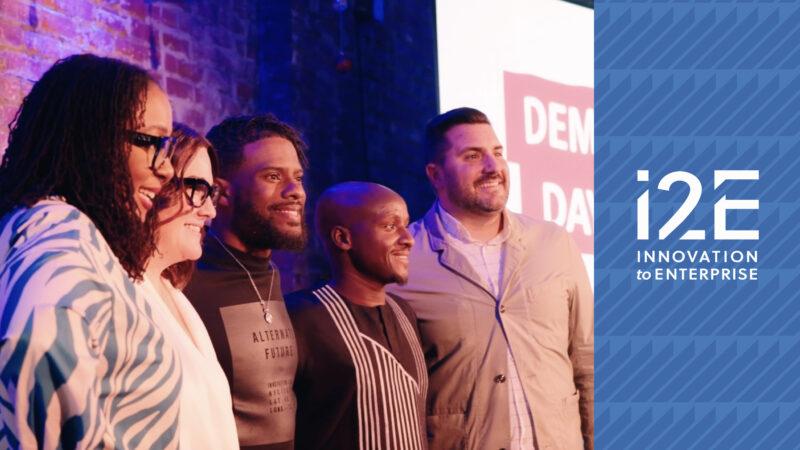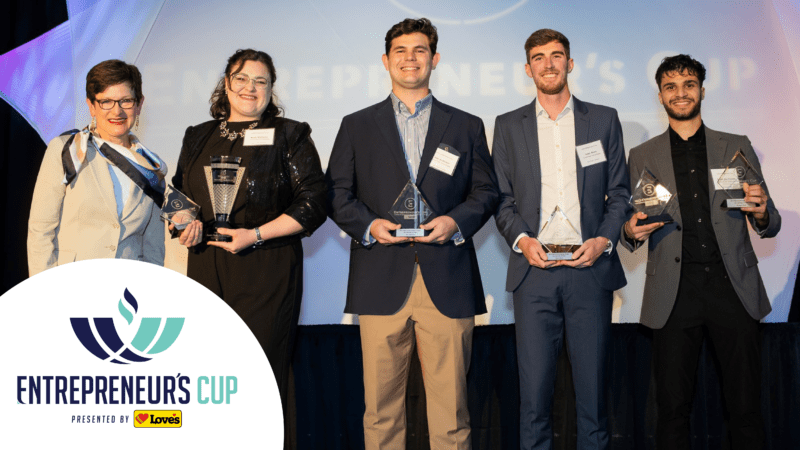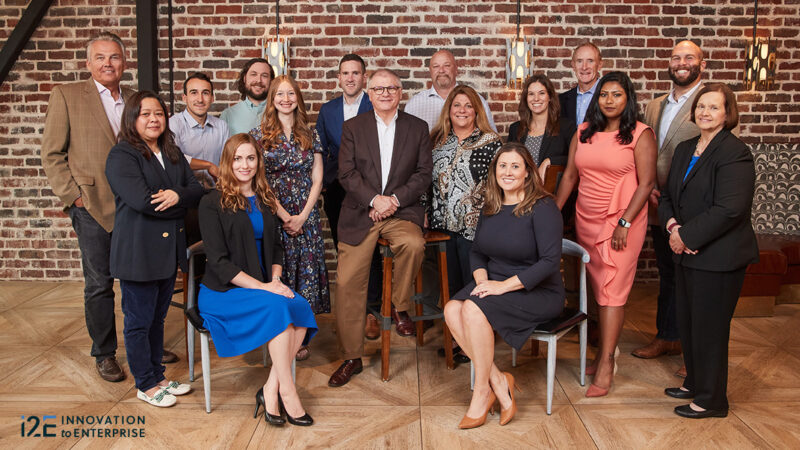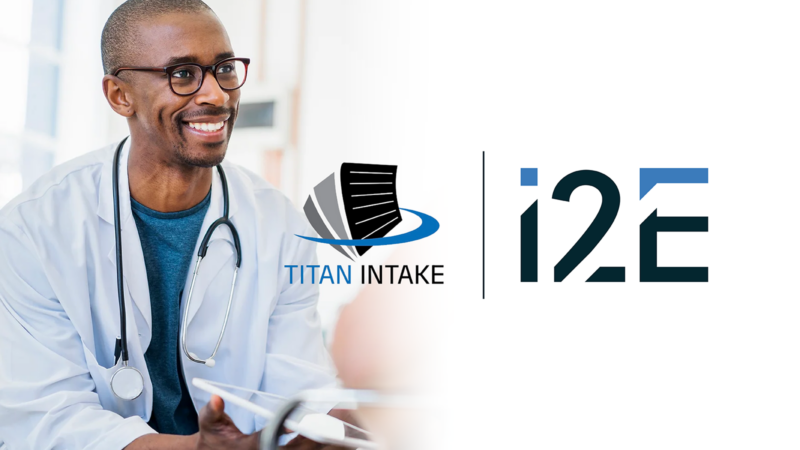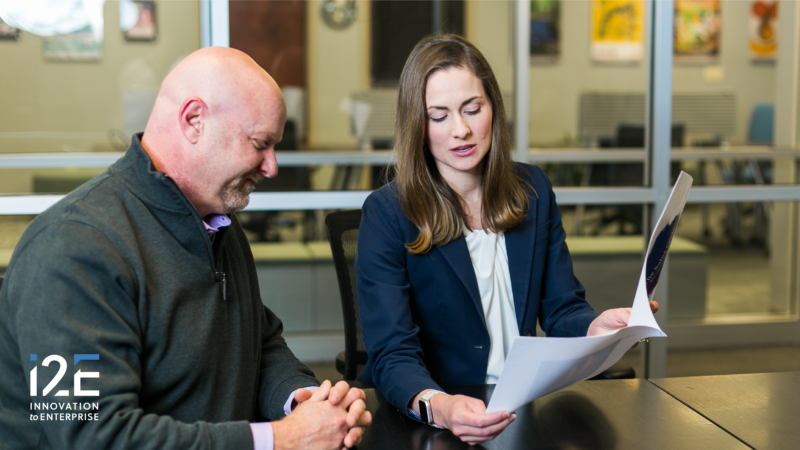By Scott Meacham
Copyright (©) 2015, The Oklahoma Publishing Company
I must admit to being somewhat of a numbers nerd. I think numbers always tell a story whether they be a company’s financial statement or a state budget. I also believe in the old saying, “Put your money where your mouth is.”
When I read the headlines, press releases and news stories related to Oklahoma’s recently completed budget for the 2016 fiscal year, I could not help wondering what “story” this latest budget told about our state and its priorities.
Public safety received a 4.81 percent increase in state appropriations. Corrections received an additional 2.97 percent, and the state’s Medicaid program received a 1.89 percent increase.
Meanwhile, investment in innovation and the economy of the future was cut.
The Oklahoma Center for Science and Technology (OCAST) received a 5 percent cut. If you are keeping score, this latest cut to OCAST brings its six-year total cut in state appropriations to 22 percent.
All net new jobs over the last 20-plus years have come from new companies. New companies require seed and concept stage investment. State initiatives coupled with angel investment are the only source of this early stage funding.
As a state, why would we want to continually dis-invest in job creation and economic development?
And speaking of jobs, Career and Technology Education was cut by 3.5 percent; higher education was cut by 2.44 percent, and common education funding was held flat. How can we cut the funding to education and expect to produce the educated workforce that Oklahoma needs to supply an innovation economy?
STEM sees growth
STEM (science, technology, engineering and math) jobs are growing at twice the rate of other jobs in the U.S. economy. STEM workers earn nearly 25 percent more on average. Non-STEM workers are more likely to be unemployed.
Oklahoma needs to graduate more students with these skills, not fewer, to meet the demand of the technology businesses in this state. Every week at i2E, we hear from Oklahoma entrepreneurs who are having challenges filling technical jobs.
I recently spoke to the Board of Directors of the Oklahoma Academy as they prepare for their upcoming Town Hall on “Oklahoma Priorities — The Government and Taxes We Want.” I posed these same questions.
Start-up companies, entrepreneurs and a STEM-literate workforce are the keys to job creation. Investing in job growth and economic development takes commitment no matter the budget environment.
My hope is that the Oklahoma Academy, through its Town Hall process, can come up with some innovative suggestions on how to get “the government we want” that state policy makers will take to heart. We will all have to wait and see.
Scott Meacham is president and CEO of i2E Inc., a nonprofit corporation that mentors many of the state’s technology-based startup companies. i2E receives state appropriations from the Oklahoma Center for the Advancement of Science and Technology. Contact Meacham at [email protected].
Did You Know? As of 2013, the nation’s 50 advanced industries (those with R&D spending per employee in top 80th percentile and with 20 percent or more jobs requiring a high degree of STEM knowledge) employed 9 percent of total U.S. employment, yet produced 17 percent of all U.S. GDP.

